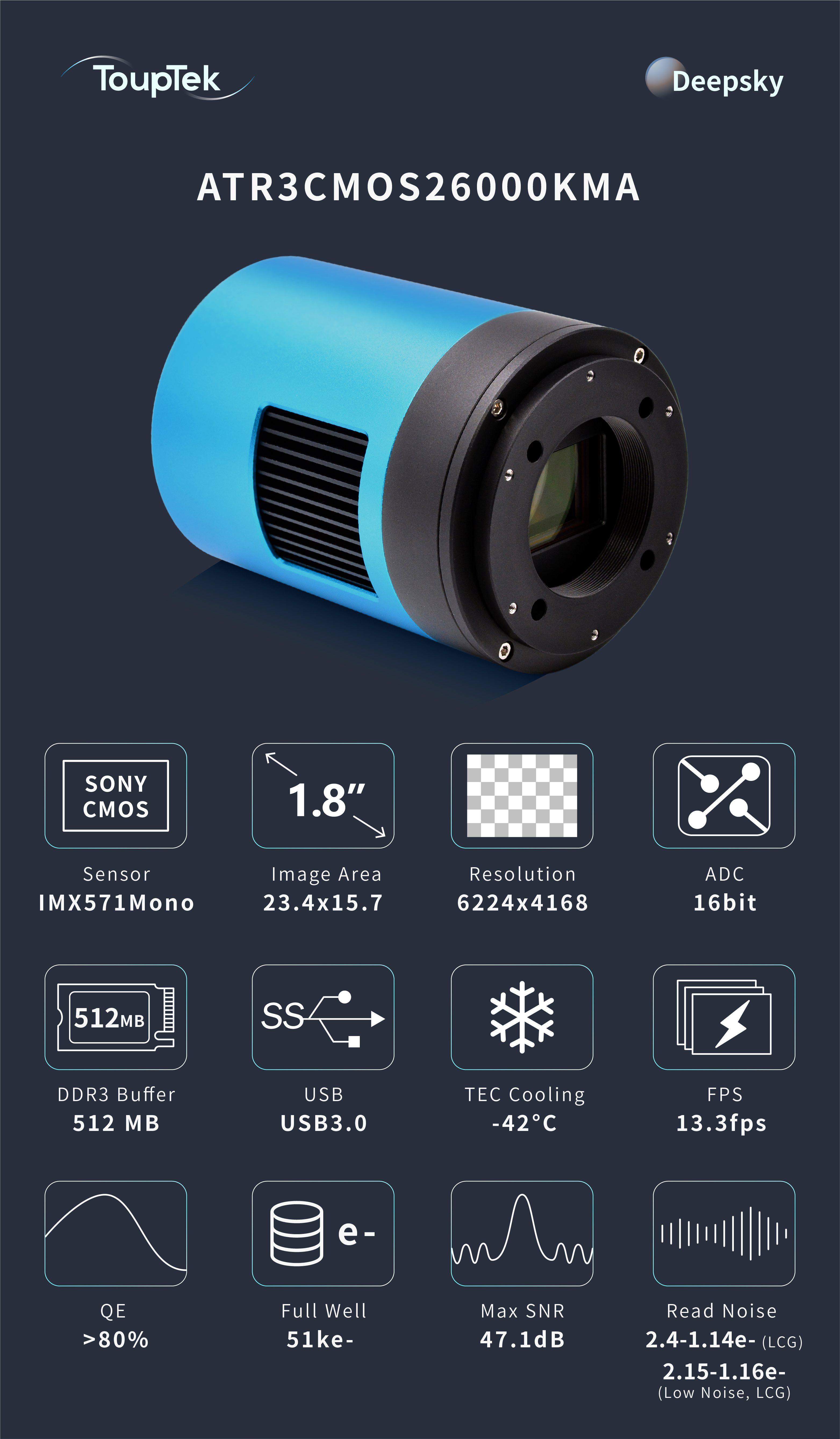Delving into the Depths of Space: The Enigmatic IC 1871
Within the vast expanse of our universe lies a myriad of astronomical phenomena, each with its own story to tell. One such spectacle nestled within the bounds of the Milky Way is IC 1871, a relatively less celebrated but no less captivating region within the Soul Nebula, known to enthusiasts and astronomers alike for its complex structures and intricate beauty. Situated over 7,500 light-years away in the constellation Cassiopeia, IC 1871 offers a glimpse into the building blocks of our cosmos. This soft article aims to shed light on the elusive, yet alluring features of IC 1871, a hidden gem awaiting exploration.
IC 1871 is an emission nebula comprising gas and dust illuminated by the powerful ultraviolet radiation from young, massive stars. These stars, often hidden within the nebulous mass, sculpt and shape their surroundings forming an enthralling celestial tapestry. The relative obscurity of IC 1871 is not due to its lack of splendor, but rather because it is overshadowed by the more widely recognized regions of the Soul Nebula.

photographer:有文化的包工头
camera:ToupTek ATR3CMOS26000KMA
Guiding Cameras :ToupTek GPCMOS02000KMA
telescope:TakahashiE-130D
Equatorial mount:CEM70
The Soul Nebula, also known as Westerhout 5 (W5), presents a vast complex of star-forming regions, with IC 1871 being one of the noteworthy constituents. The Soul Nebula complex is often studied to better comprehend star formation processes and the interaction between newborn stars and their parent molecular clouds.
IC 1871 is characterized by its dense star-forming clumps, sweeping pillars of dust, and ionized gases that glow with various hues. Reddened by interstellar material, the light emissions, especially hydrogen alpha (Ha), create a vibrant spectacle, revealing detailed features of the nebula's interior workings. The shapes and patterns we observe are dynamic, signaling the ever-changing nature of these celestial nurseries.
For astrophotographers, capturing the allure of IC 1871 is both a challenge and a treat. Its faint visage demands long exposure times and advanced image processing techniques to unveil its full grandeur. Utilizing narrow-band filters can significantly enhance the image quality, allowing for a spectacular color contrast that highlights the nebula's different gaseous components.
Enthusiasts eager to observe IC 1871 should plan for a clear, dark night, preferably away from the pervasive glare of city lights. While the structure might be elusive through smaller telescopes, a larger aperture scope combined with an Ha filter can improve chances of discerning this beguiling nebula. Observers should also seek guidance from the star Siaf, which is positioned nearby and can serve as a celestial signpost to locate IC 1871.

ToupTek ATR3CMOS26000KMA
IC 1871 stands as a testament to the intricate and majestic constructs that lie beyond our Earthly realm. This celestial body might not garner the fame of some of its neighboring nebulae within the Soul Nebula complex, but its enigmatic presence affords astronomers and stargazers alike a profound insight into the phenomena shaping our galaxy. By turning our telescopes towards IC 1871, we embrace the opportunity to connect with the universe's perpetual dance of creation and destruction, and the ceaseless evolution of its innumerable inhabitants.
